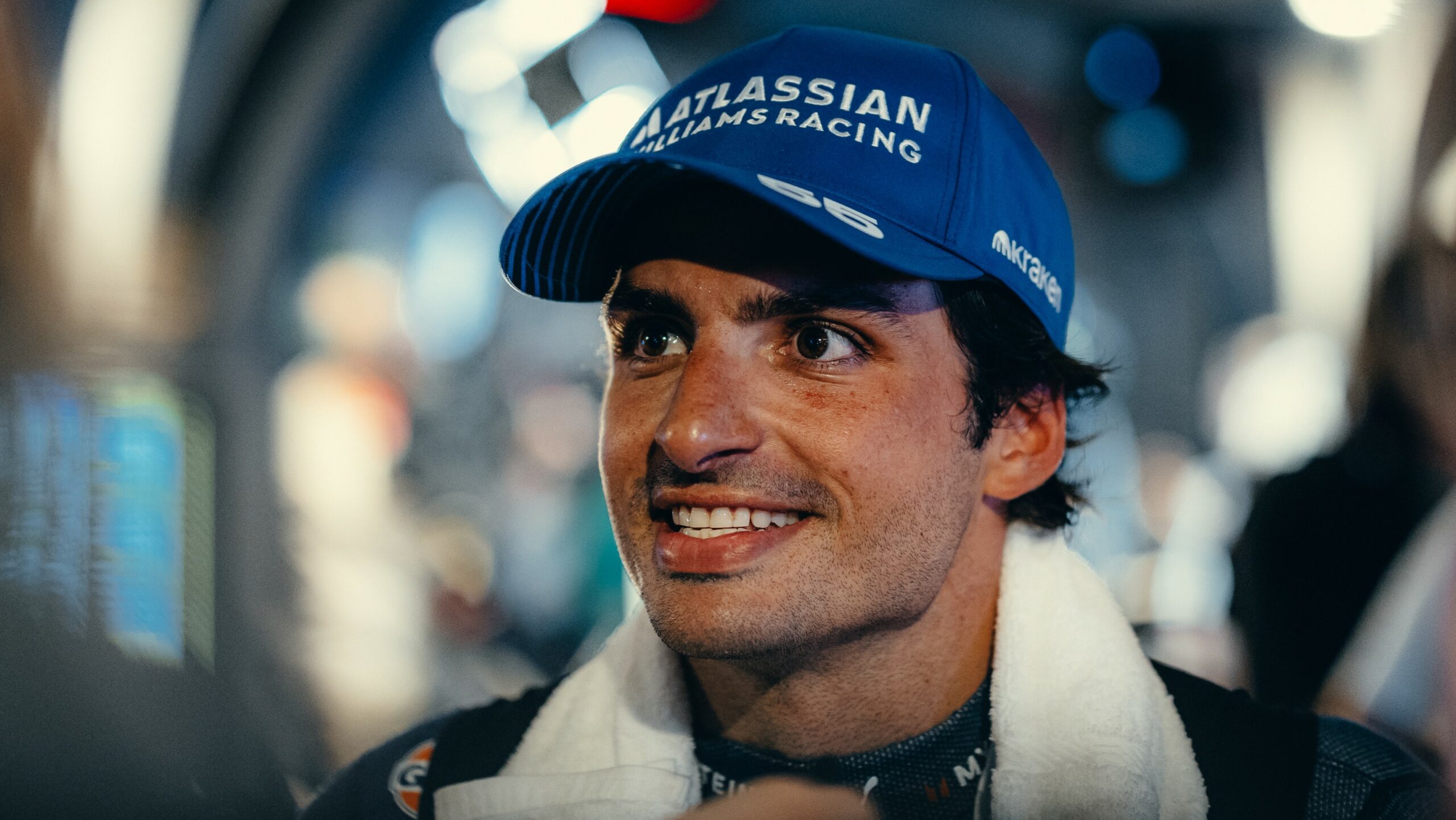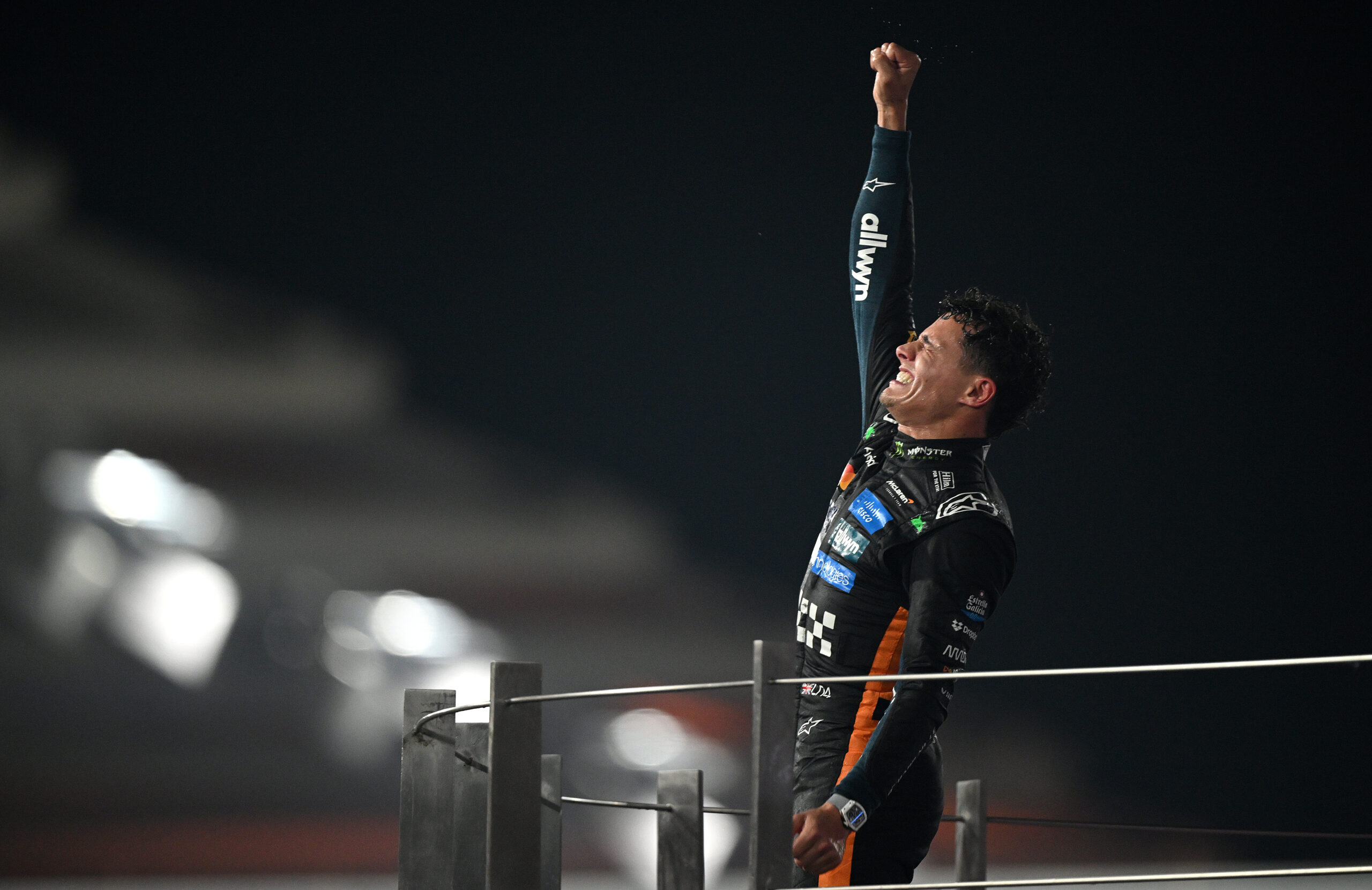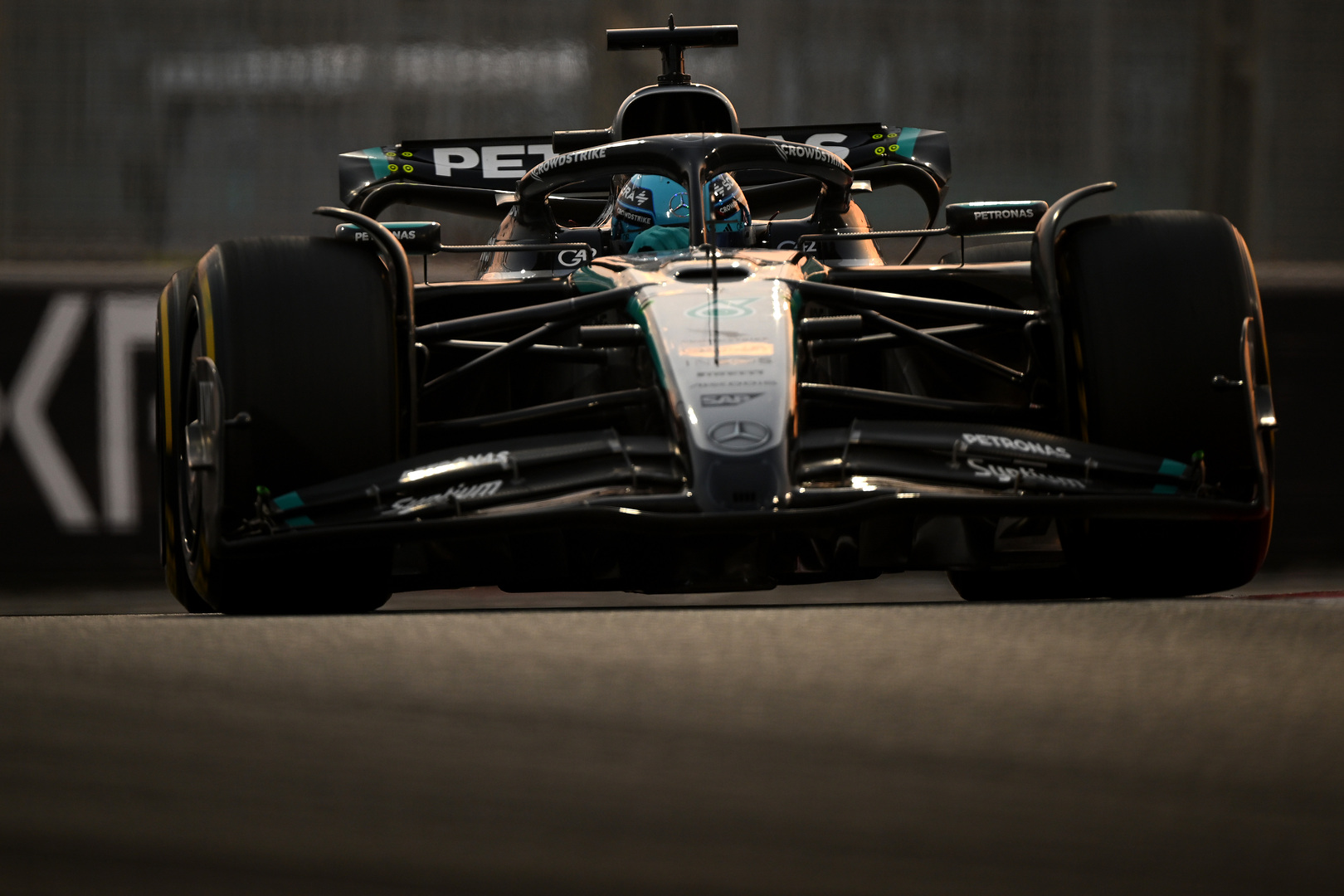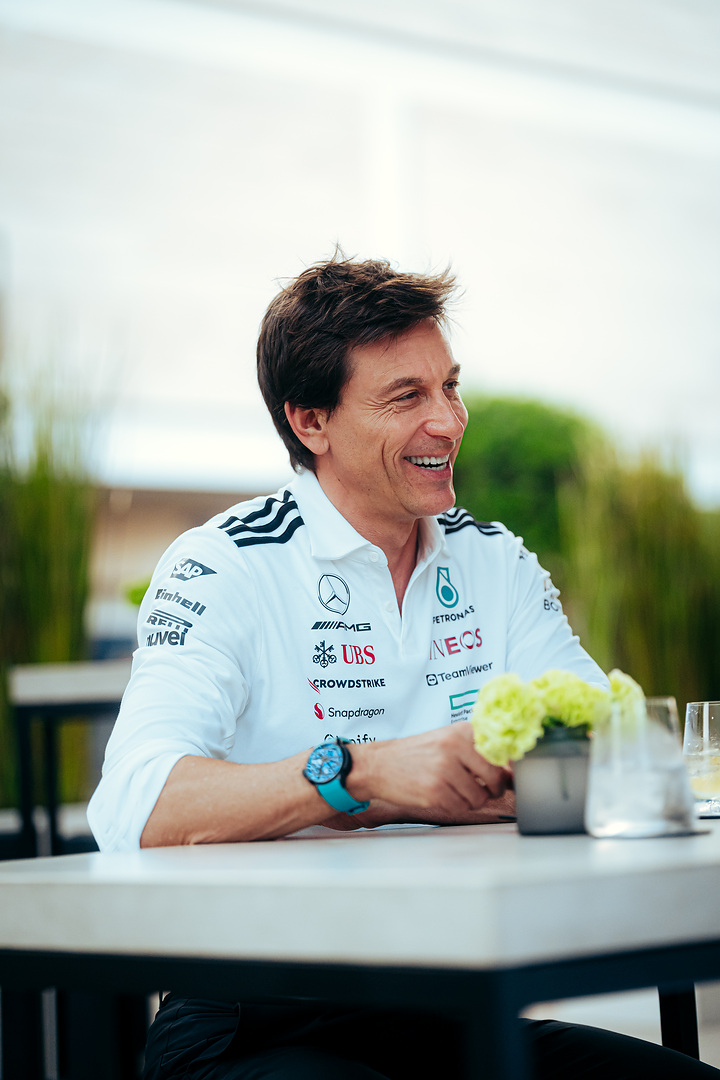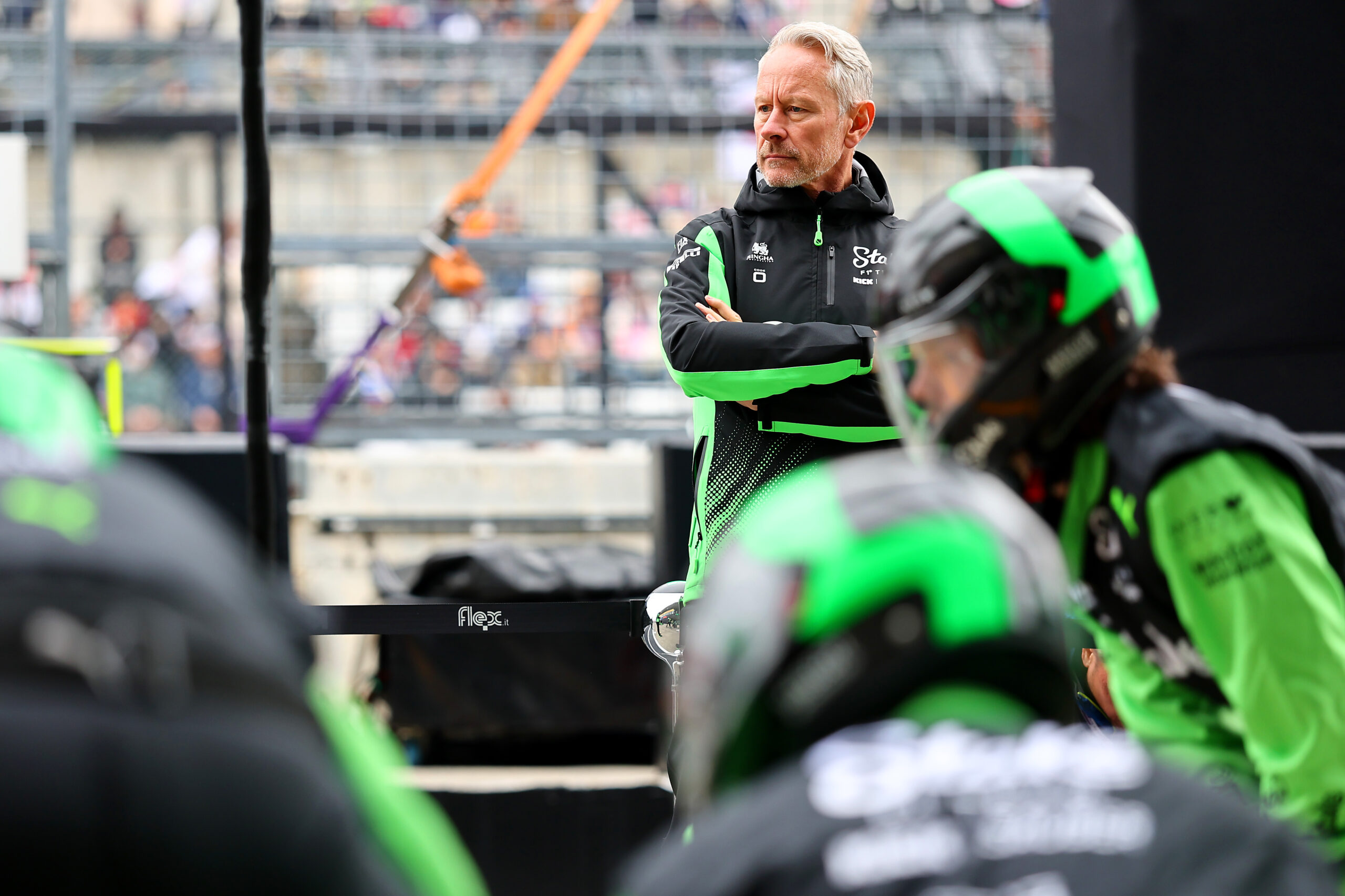Heading into the F1 Miami GP, Carlos Sainz has opened up about adjusting to Williams and whether his experiences are similar to that of Lewis Hamilton, who replaced him at the Scuderia at the beginning of 2025.
Despite struggling initially to adapt to the FW47, Sainz has had an encouraging couple of rounds before flying over the Atlantic. After outqualifying teammate Alex Albon in back-to-back races, he also managed to secure an impressive eighth-place finish in Jeddah.
As he continues to gain more understanding of the new Williams machinery, the Spaniard is keen to take another step forward in Miami.
Unrealistic to expect that Sainz and Hamilton would start outperforming their teammates immediately
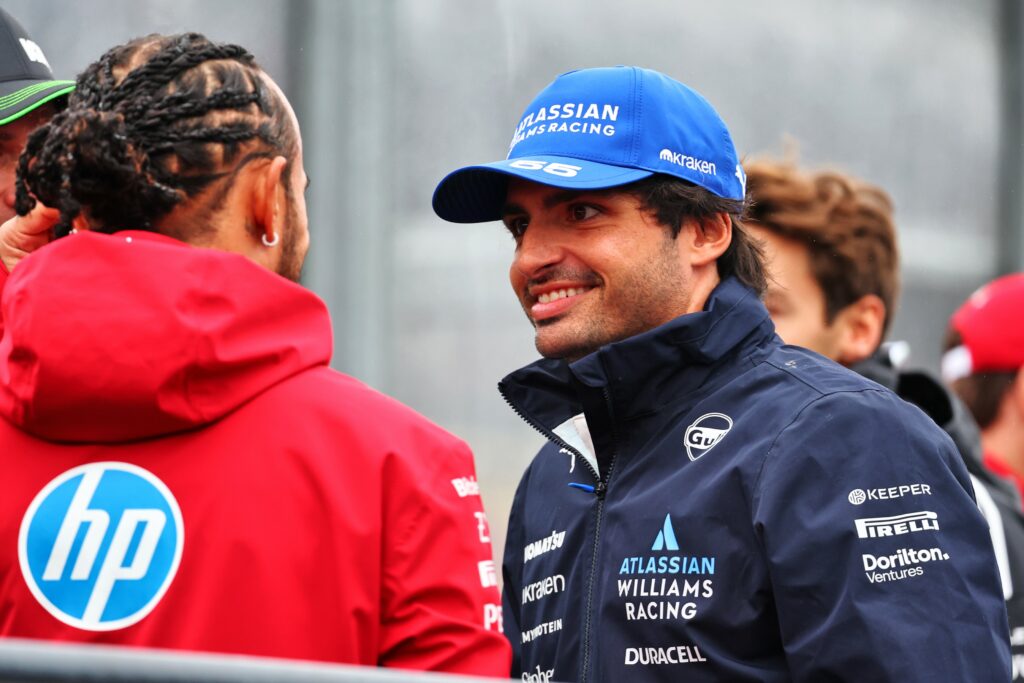
Speaking in a print media session ahead of the F1 Miami GP on Thursday, Carlos Sainz admitted that he is not surprised to see Hamilton struggle significantly even with five race weekends under his belt.
Emphasising how Albon and his former teammate Charles Leclerc are thoroughly embedded within their respective teams, Sainz explained that it’s not reasonable to expect either him or Hamilton to outperform their teammates by a considerable margin immediately after joining their new teams.
“No, I’m not surprised at all. I think for me I expected it to myself and I expected it with him.
“Because in this sport there’s no secrets and when you are up against two teammates like we are, like Alex [Albon] and Charles [Leclerc], that they know the team inside out, they are already performing at the maximum that that car can perform.
“So you can only do just a little bit better or the same as them. You cannot suddenly arrive and be two or three times quicker because it’s not possible. They are already at the limit of the car.
“When you jump to a new team and you’re expected by yourself and by everyone around you to be at that level, it’s going to take time. There’s no secrets. They know a lot more than you. It’s going to take a bit of time.
“The sooner you make that process and the sooner you are at that level, the better. But for some drivers it might take longer or shorter. Lewis [Hamilton] had an amazing weekend in China. He seems to have a bit more trouble now, but it’s going to take time for both.”
Sainz believes a driver needs at least half a year to fully adapt to a new car
Asked what an acceptable amount of time is for a new driver in terms of adjustment, Carlos Sainz responded that the assessment requires nuance. He stated that the timeline depends on multiple factors such as a driver’s confidence in the car and their rapport with the engineers.
Offering further elaboration ahead of the Miami GP, Sainz claimed that a driver can get to grips with a new F1 car completely only after driving it for at least six months. Nonetheless, the 30-year-old revealed that he is intent on reaching the level where he can regularly push closer to the limit of the car as soon as possible.
“It’s a tricky question because it depends. It depends on how natural the car comes to you. It depends on how natural the relationship with the engineers and that blend comes.
“I’ve always said that to know a car well, you need at least half a year or a year to experience everything with that car.
“That doesn’t mean that you cannot perform during that year. This is a different topic. You can perform at 100% or 99% and your 99% might still be pretty good. But at 100%, for sure, there are things that you need half a year to experience.
“I’m not using it as an excuse. I want to perform like I did in Jeddah from Race 1, even if I’m at 97% instead of 99%. I just know it takes time and I’m going to be demanding of myself.”
Specific driving style demanded by current generation of cars lengthening the adjustment period
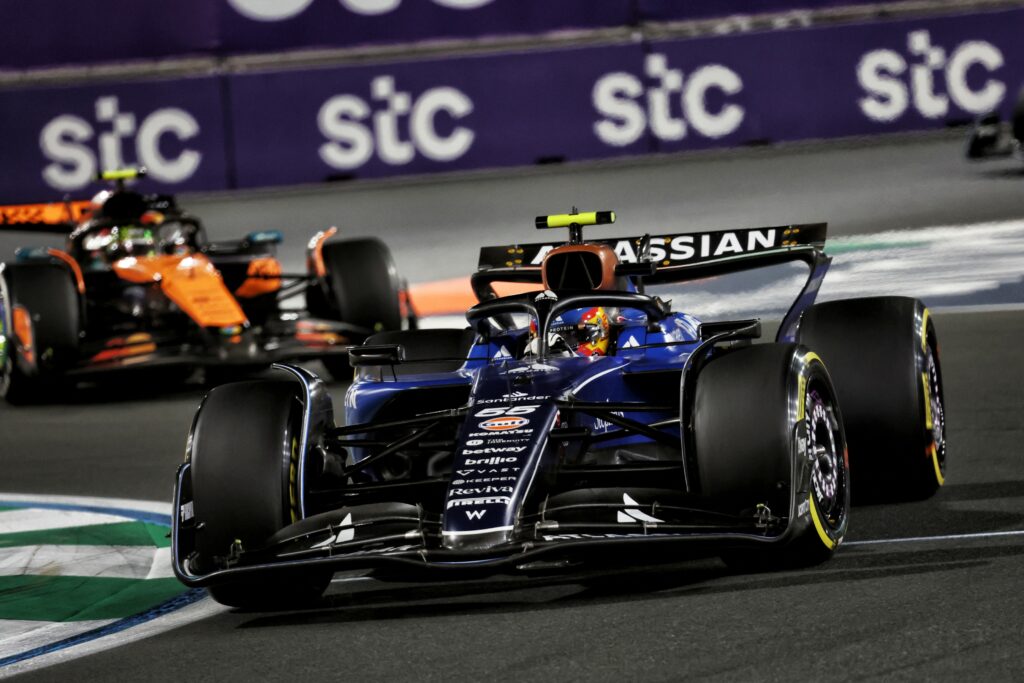
In terms of whether the process of adjustment has become more difficult in the ground effect era, Carlos Sainz concurred with the opinion presented in a Miami GP print media session and lamented the narrow operating window of the current generation of F1 cars.
Referring to the cars from the previous era of F1 regulations which allowed multiple approaches, the Spaniard added that the extraction of maximum pace from the current generation of single-seaters requires a specific driving style.
“This is a good point, actually, because I would say so. These cars nowadays, I feel like you need to drive them in a very specific way to be quick.
“I feel like the cars of ’21, you could come in with 2 or 3 different driving styles and more or less get to the same lap time because the car would allow you to get to that limit in different ways.
“The more I get to drive this generation of cars, the more I dig into the data, the more I realise you need to be close-loop to one driving style. If you don’t drive in that way, you’re never going to be quick. It’s just how the car interacts with you, which allows you to drive in that specific way, that you need to make sure you understand.
“It’s a good point. I think these cars are particularly difficult.”
Sainz trying to relearn braking techniques at Williams just like Hamilton is at Ferrari
Asked to comment on SF-25’s engine braking feature that Hamilton is struggling to adapt to after spending over a decade at Mercedes, Carlos Sainz revealed that it’s one of the traits he is attempting to relearn as well after moving to Williams ahead of the 2025 F1 season.
Explaining how different teams opt for different methods in terms of slowing down and turning their cars, the Madrid native added that he is experimenting with several approaches, including high engine braking, to analyse what suits the car and his driving style the best.
“For me, this is just one of the 15 things that you have to relearn. Some teams like to use engine braking to turn the car. Others just prefer using more the differential or the brake migration. Some more the setup of the car, naturally put front-end with aero. Others with mechanical or with pitch or with ride.
“You cannot imagine the amount of variability that you can make the car get to a similar lap time in completely different ways.
“For sure, that might be one of the 15-20 things that I’m trying to still figure out. I’m trying high engine braking in Williams to see if it works; I’m trying low, differential maps, mechanical balance. I’m trying everything every week just to see what the car likes and what it doesn’t. There’s things that suit your style. Others that they don’t.
“I think it’s that fight and that process that I enjoy. You’re going to get wrong many times, but as long as you enjoy it and you just embrace it, you know you’re going to get it wrong a few times. But you’re also going to, when you click and you get, ah, this works. It’s actually a eureka moment that feels good.”

